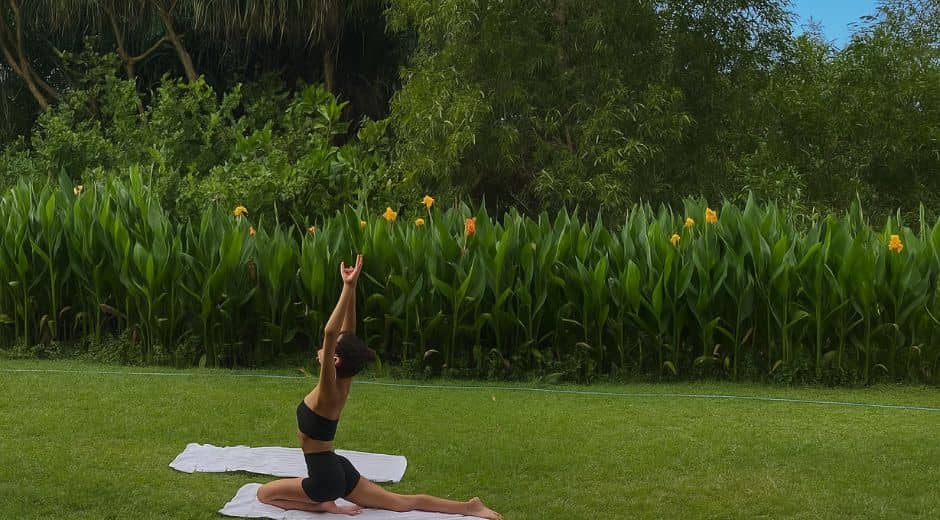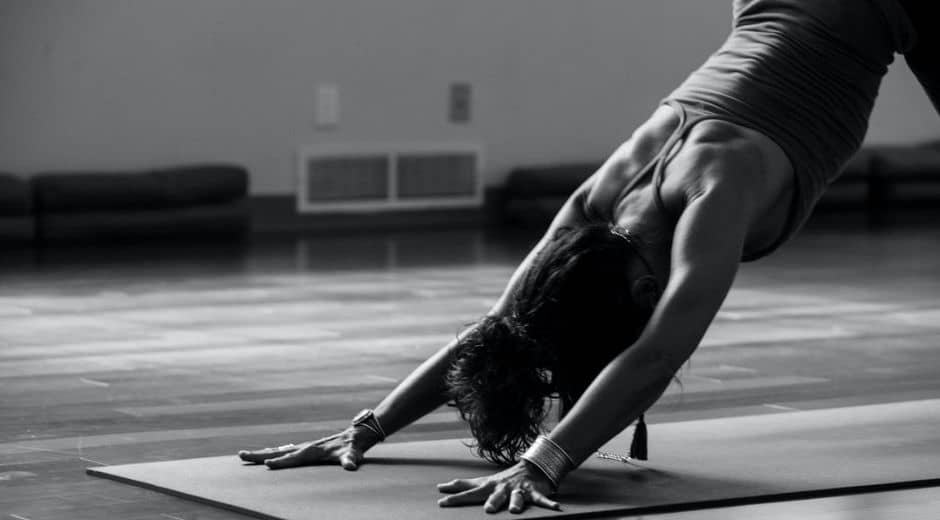Breath as Compass: Using Your Breath to Enter Inner Flow
Breath as Compass: Using Your Breath to Enter Inner Flow
In a world full of distractions, constant notifications, and unrelenting demands, the simple act of Breath is often overlooked. Yet, it is one of the most powerful tools to regain focus, calm, and inner alignment. By tuning into its rhythm, we can unlock clarity, emotional balance, and a deeper connection with ourselves.
The Power of Breath
The importance of Breath cannot be overstated. Every inhale and exhale carries energy, life force, and intention. When we breathe consciously, we are not just sustaining life; we are actively shaping our mental and emotional landscape. Mindful practices activate the parasympathetic nervous system, lowering stress hormones and calming the body’s natural fight-or-flight response.
Modern neuroscience supports the idea that control can enhance focus, memory retention, and creativity. When we are stressed or overwhelmed, shallow or irregular breathing patterns dominate. This impacts clarity, mood, and decision-making. By returning to a conscious, we can re-center our attention and regain a sense of control over our inner world.
Platforms such as Trip Beyond Travel highlight experiences where mindful breathing and environmental immersion create profound clarity, showing how interacts with surroundings to enhance well-being.
Breath as a Compass
Using it as a compass means allowing it to guide your mental and emotional state. Just as a compass directs a traveler through unknown terrain, the rhythm of your Breath can orient you toward inner flow, grounding, and focus.
The first step is awareness. Begin by observing your natural pattern without judgment. Notice its depth, rhythm, and pace. Are you breathing shallowly through your chest, or deeply into your diaphragm? Awareness is key — it is the foundation upon which all other practices are built.
Once awareness is established, intentionality can follow. A slow, steady inhalation followed by a controlled exhalation can calm the mind and prepare it for focused activity. Techniques such as box breathing, alternate nostril breathing, and diaphragmatic breathing are powerful tools for guiding mental and emotional alignment.
Techniques to Access Inner Flow
Box Breathing: Inhale for four counts, hold for four, exhale for four, hold for four. This rhythmic cycle slows the heart rate, reduces anxiety, and primes the mind for concentration.
Alternate Nostril: Close one nostril and inhale through the other, then switch. This technique balances the hemispheres of the brain, promotes calm, and increases mental clarity.
Diaphragmatic Breathing: Focus on expanding your diaphragm rather than your chest. This deep, engages the body’s relaxation response and enhances oxygen exchange, creating sustained energy and focus.
When practiced consistently, these methods allow to become a natural guide, steering you into states of heightened awareness and flow.
Emotional and Mental Benefits
Intentional breathing unlocks emotional resilience. A steady Breath can help release tension, manage anxiety, and process emotions in real time. By slowing the rhythm of the body, the mind follows suit. Stressful thoughts lose urgency, and a calm, present perspective emerges.
Creative professionals and athletes alike have long recognized the power. Moments of pause and intentional breathing allow the subconscious mind to process information, leading to breakthroughs in problem-solving and artistic expression. This principle aligns with practices discussed on Bio Nature Vista, where connection to natural rhythms and energy flow is emphasized.
Even in everyday life, a conscious pause, can shift your day. Before a meeting, a creative session, or a challenging conversation, taking three deep, mindful resets your focus and primes your mind for effective action.
Integrating Breath Into Daily Life
Creating rituals ensures that it becomes a consistent tool for inner alignment. A morning practice of mindful inhalation and exhalation can set the tone for the day, while evening sessions can release accumulated tension and prepare the body for restful sleep.
Environment plays a crucial role. A quiet space, soft lighting, or connection with nature enhances the impact of these practices. Even brief moments outside, paired with deep Breath, allow the mind to reset and recharge. Platforms like Beauty Up Nest highlight sensory awareness in daily life, reinforcing how integrating Breath with mindful surroundings amplifies calm and focus.
In addition to solo practices, incorporating into movement-based activities such as yoga, tai chi, or mindful walking deepens its benefits. Coordinating movement synchronizes the mind and body, fostering a seamless state of inner flow.
The Mind-Body Connection
Conscious breathing enhances oxygen delivery to the brain, improves circulation, and supports organ function. It also cultivates body awareness, allowing you to recognize tension and release it consciously.
This mind-body synergy is central to achieving inner flow. By anchoring attention, the mind becomes fully engaged in the present moment, reducing distractions and cultivating clarity. FocusMindFlow encourages readers to explore these practices as part of a holistic approach to mental and emotional alignment (Focus Mind Flow).
Advanced Practices for Flow
Once basic techniques are mastered, you can explore advanced methods such as rhythmic breathing patterns, breath retention exercises, and synchronized group practices. These techniques enhance intuition, creativity, and resilience. Athletes and performers often rely on advanced control to optimize performance and maintain composure under pressure.
Even subtle practices, like noticing micro-pauses between inhalation and exhalation, can enhance mental clarity and emotional intelligence. Over time, becomes not just a tool but an instinctive guide — a compass directing you through challenges and opportunities alike.
The Long-Term Benefits
Consistent focus cultivates lasting mental and emotional stability. Individuals report enhanced concentration, reduced stress, and a heightened sense of presence. Decision-making becomes clearer, creativity more accessible, and emotional regulation more intuitive.
Practices that honor the natural rhythms of the body and mind foster resilience and sustainable energy.
Conclusion
The act of mindful Breath is deceptively simple yet profoundly transformative. It is a tool that connects mind, body, and spirit, guiding you into states of focus, clarity, and inner flow. By practicing intentional breathing daily, you honor your own energy, restore balance, and navigate life with presence and grace.
In essence, is more than just a physiological process — it is a compass. When consciously engaged, it leads you toward clarity, emotional resilience, and the harmonious flow of energy that defines mindful living. For anyone seeking alignment in a chaotic world, learning to follow the rhythm is the first and most powerful step.
Focus Flow Forward

Grounding Techniques for a Balanced Mind
Grounding Techniques for a Balanced Mind

Stillness as a Path to Inner Awareness
Stillness as a Path to Inner Awareness

The Power of Alignment: Flowing in Harmony with Yourself
Learn how alignment helps you reconnect with your true self, find balance between mind and action, and live in a state of natural inner flow.

The Path to Stability: Strengthening Your Inner Foundation
Explore how cultivating stability in your thoughts, emotions, and routines builds mental balance, clarity, and peace in a fast-changing world.













